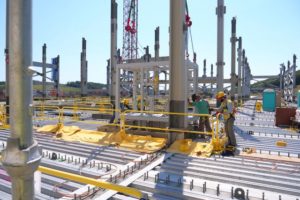
The House Armed Services Committee on Wednesday approved about $425 million in funding above the president’s request for nuclear-weapons infrastructure in fiscal year 2022 — money that corresponding appropriations bills would not yet allow the National Nuclear Security Administration (NNSA) to spend. The authorized funding came from an amendment to the committee’s 2022 National Defense Authorization Act (NDAA) proposed by Rep. Mike Rogers (R-Ala.), the ranking Republican on the committee. The amendment, easily adopted on a 41-17 vote, would boost…

 By
By 











